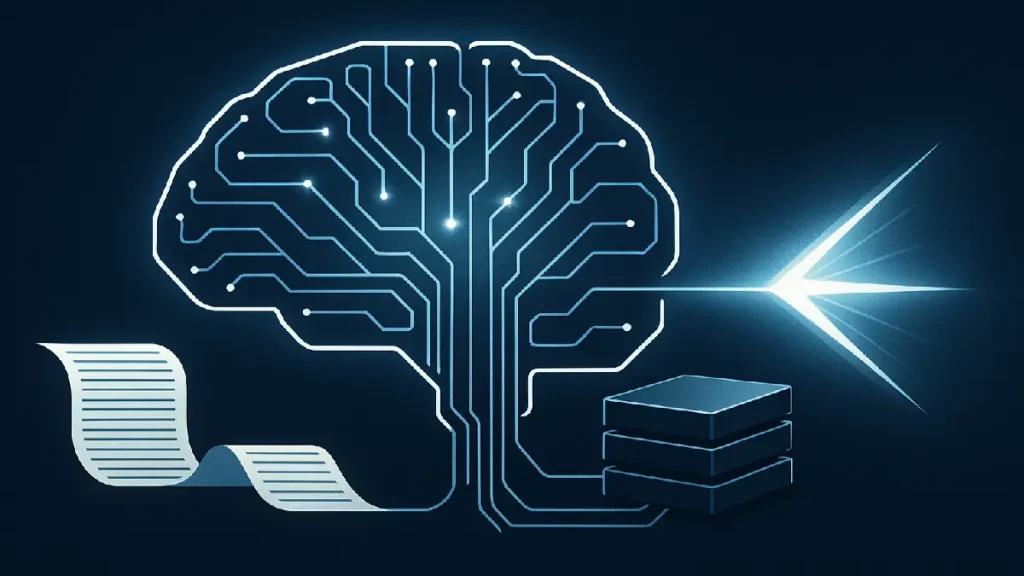SpikingBrain 1.0 is a Chinese brain‑inspired AI model that reportedly achieves 25–100x faster processing on ultra‑long inputs by using event‑driven, spiking‑neuron computation and running on domestic MetaX chips; however, claims are early and need independent verification.

What it is
SpikingBrain 1.0 is presented as a large, “brain‑like” language model developed by researchers in China to handle extremely long contexts efficiently. It adopts spiking neural network concepts and recency‑focused attention to reduce power and latency during inference.
- It selectively activates only relevant neurons, mimicking biological spiking so the full network doesn’t fire on every token.
- The team positions it as a non‑Transformer path trained and inferred on China’s MetaX platform rather than Nvidia GPUs.
Claimed speed and efficiency
Early reports highlight substantial speedups—often quoted as 25x to 100x—especially on long‑sequence tasks. The model is said to maintain performance with far less training data than typical LLMs.
- Summaries cite up to 100x faster processing on ultra‑long inputs and large speedups for first‑token generation from million‑token contexts.
- The approach emphasizes efficiency at very large context windows, suggesting better scaling for long‑document tasks.
Hardware angle
A strategic thread is hardware independence: the model reportedly runs on MetaX chips developed in China, reflecting a push to reduce reliance on export‑controlled GPUs.
- Reports emphasize both training and inference on MetaX C‑series hardware within a domestic AI ecosystem.
- If validated, the pairing could enable low‑power, edge‑friendly deployments for long‑context workloads.
Potential use cases
If results hold up, spiking/event‑driven architectures could shine in domains requiring very long contexts and tight energy budgets.
- Long‑document analysis in legal, medical, and scientific domains where inputs span hundreds of thousands to millions of tokens.
- Edge and embedded scenarios—drones, wearables, robotics—where low‑power inference and selective activation are crucial.
Caveats and status
The claims come from early technical materials and media coverage; peer review, open benchmarks, and reproducibility are pending.
- Independent testing is needed to confirm speedups, energy profiles, and accuracy trade‑offs vs. state‑of‑the‑art Transformers.
- Specific headline numbers (for example, 100x at multi‑million‑token context) should be treated as provisional until third‑party validation.
Bottom line
SpikingBrain 1.0 represents a notable neuromorphic‑inspired direction: compute only what’s needed, bias toward recency, and run on domestic silicon. The approach could deliver large gains for ultra‑long contexts and low‑power settings—but real‑world benchmarks and peer‑reviewed evidence are essential before drawing firm conclusions.




